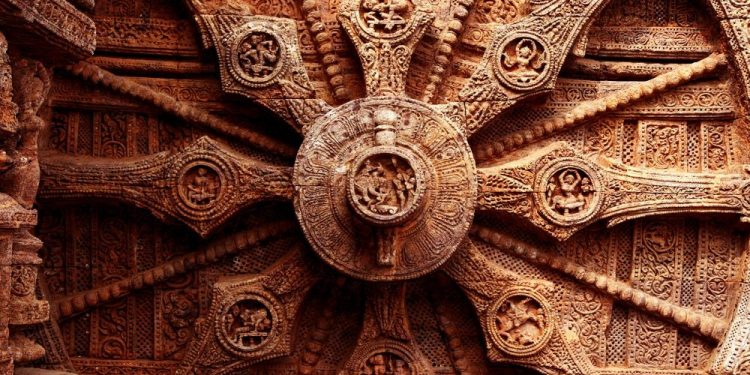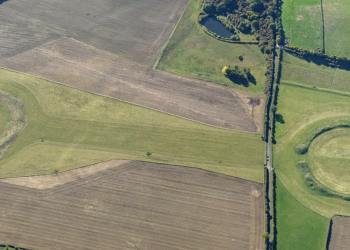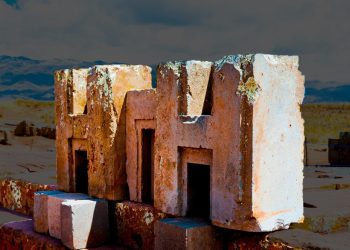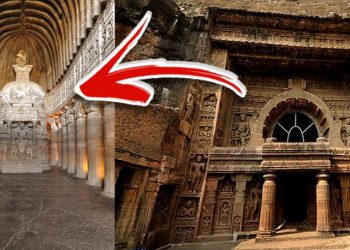Throughout the long history of the human race, different cultures living on distant continents built incredible ancient temples. Some of these ancient structures were used as places of worhsip. Some temples were used as gathering centers, while others served as administrative centers for cities and towns. Each temple, no matter to which culture it belongs, is unique in its own way, and each has a story embedded in stone. Each of these temples is a guardian of a history that is long gone.
India’s mind-boggling temples
Although many people turned towards the ancient Egyptians, Maya, Aztecs, and other African or American cultures to admire their architectural and engineering skills, many other ancient civilizations were equally- if not even more- developed than the latter. India is home to numerous mind-boggling temples and many other ancient civilizations on the Asian Continent. In this article, we will not delve into ancient India’s history but rather portray the incredible stonemasonry skills this ancient civilization developed throughout its extensive history.
Sophisticated stonemasonry skills
Evidence of their sophisticated stonemasonry skills is the countless ancient temples scattered across the country. Built without sophisticated, modern tools, many ancient Hindu temples are so precisely built, carved, and designed it is hard to believe they were built in ancient times. Many people find it beyond impressive that thousands of years ago, ancient civilizations could cut massive stones with nearly laser-like precision, eventually creating some of the most intricate examples of temples the world has ever seen.
Carving temples out of a mountain
However, not only did ancient civilizations cut stone precisely, but they also managed to create temples by carving them directly out of a mountain. One such example can be found in Ellora, Maharashtra, India. There, we find a temple that is the most impressive rock-cut temple on the planet’s surface. The massive structure was carved thousands of years ago–by means that remains a mystery–directly from a mountain.
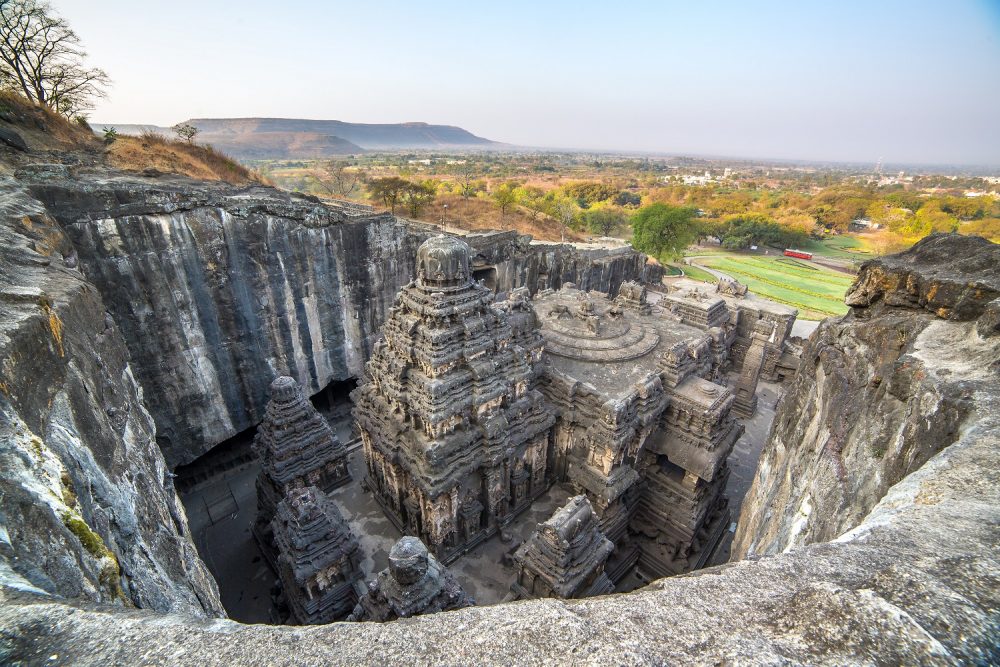
A stunning example, the Kailasa Temple
Acknowledged as one of India’s most remarkable ancient temples, the Kailasa Temple displays impeccable architecture, design, and sculptural elements, all of which have been fused to create one of the most unique ancient temples the world has ever seen. The importance of Kailasa resides in the fact that it is just one of the 34 cave temples and monasteries part of a larger complex called the Ellora Caves; all of which are a set of ancient structures carved in distant times directly into the bedrock.
Completely lacking dedicatory inscriptions, the history of the Ellora caves is thought to be divided into three main building periods: a Hindu period (~550 to 600 CE), a Buddhist phase (~600 to 730 CE), and a later Hindu and Jain, phase (~730 to 950 CE).
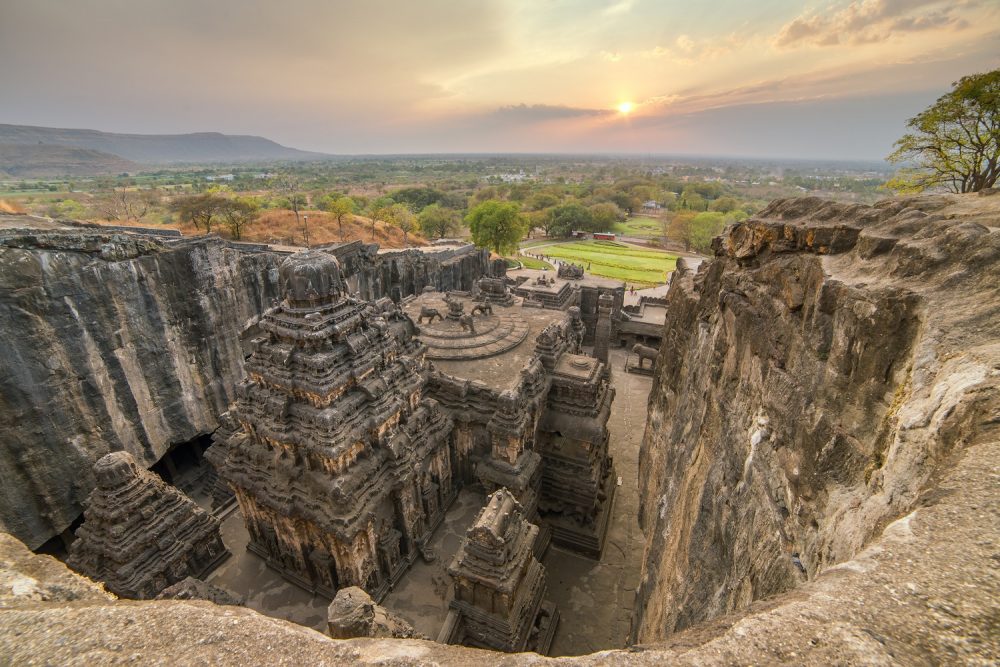
Vertical excavation?
The builders are thought to have adopted a vertical excavation method to build this ancient temple. Beginning at the top of the mountain, the workers are thought to have made their way downwards, carving the temple and its incredible motifs. It remains unknown what tools the ancients used to accomplish what they did. Why none of the construction methods was documented remains another archaeological mystery. The Kailasa Temple isn’t the only ancient wonder the rich ancient Indian culture offers.
The Konark Sun Temple
Some 35 kilometers northeast of Puri, just on the coastline of Odisha, India, we find an ancient temple dedicated to the sun. The Konark Sun Temple, considered to have been erected around the 13th century CE, is one of India’s most impressive stone-built temples. Fashioned in the shape of a gigantic chariot, the temple is dedicated to the Hindu Sun God Surya.

A 100-foot-high chariot
The massive temple was built as a 100-foot-high chariot with massive wheels and beautifully fashioned horses, all carved from stone. To construct the temple, its builders used three types of stone: Chlorite for the floor intel and frames, and some of the structures were also carved from it.
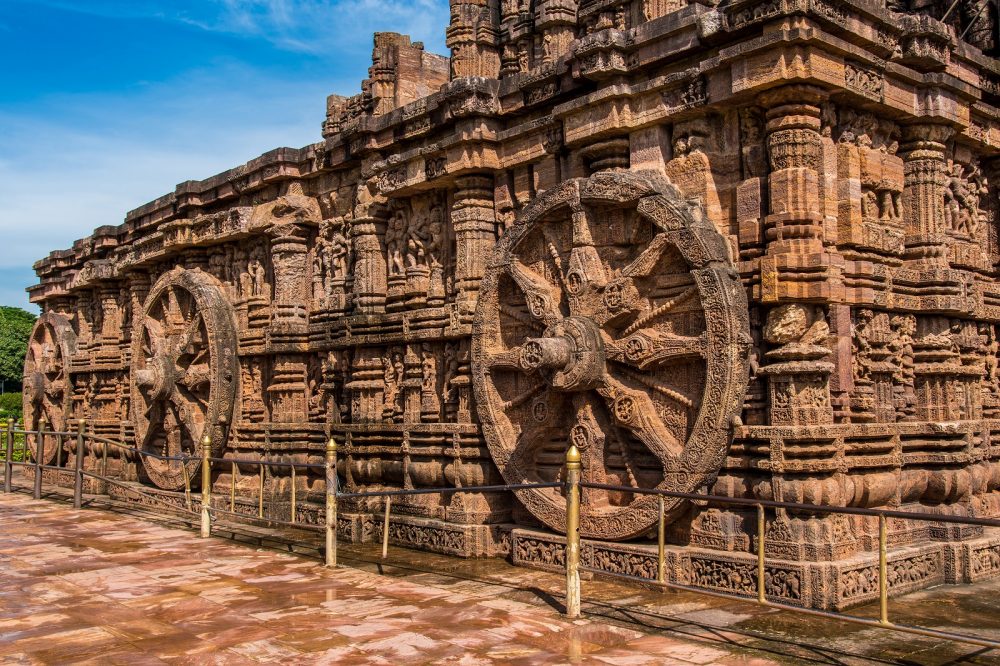
In addition to Chlorite, the builders made use of Laterite and Khondalite. Laterite was used for the cone of the temple’s platform and in the staircases positioned near its foundation. The builders in different parts of the temple used Khondalite.
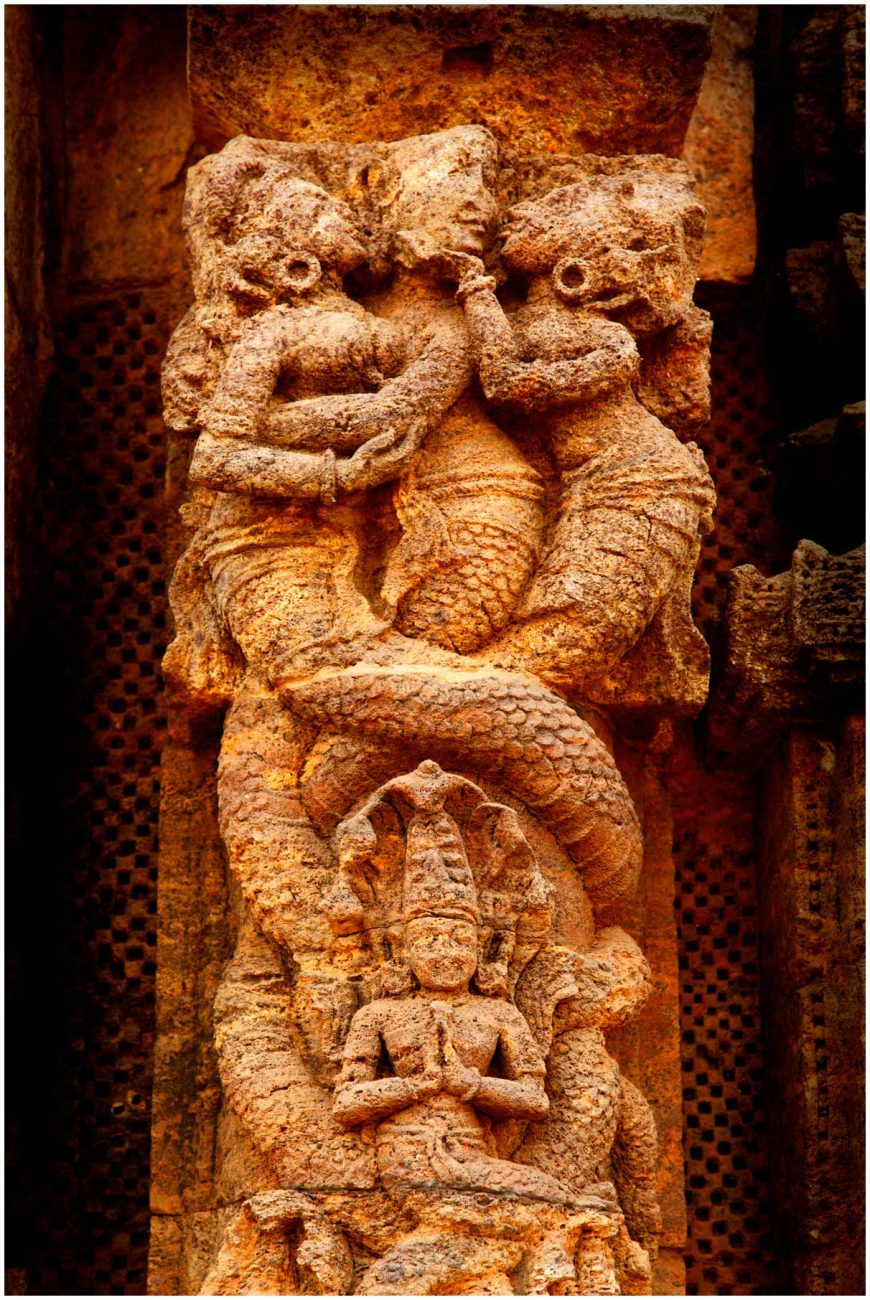
Experts argue that none of the stones originated from quarries nearby. The building material was believed to be transported from distant quarries by river and water channels. At its peak, the Konark Sun Temple is thought to have stood over 200 feet (61 m) high. The temple was designed as a massive chariot. It features 24 such wheels. Each of the wheels at the Sun Temple has a diameter of 9 feet, 9 inches, and eight spokes.
The twelve Jyotirlinga temple
Another mind-boggling temple worthy of mention–although there are hundreds more–is the Ramanathaswamy Temple, one of the twelve Jyotirlinga temples. Located on the sacred Hindu island of Rameswaram, this ancient temple features the longest corridor among all Hindu temples in India, home to more than 1000 intricately carved pillars in one corridor alone.
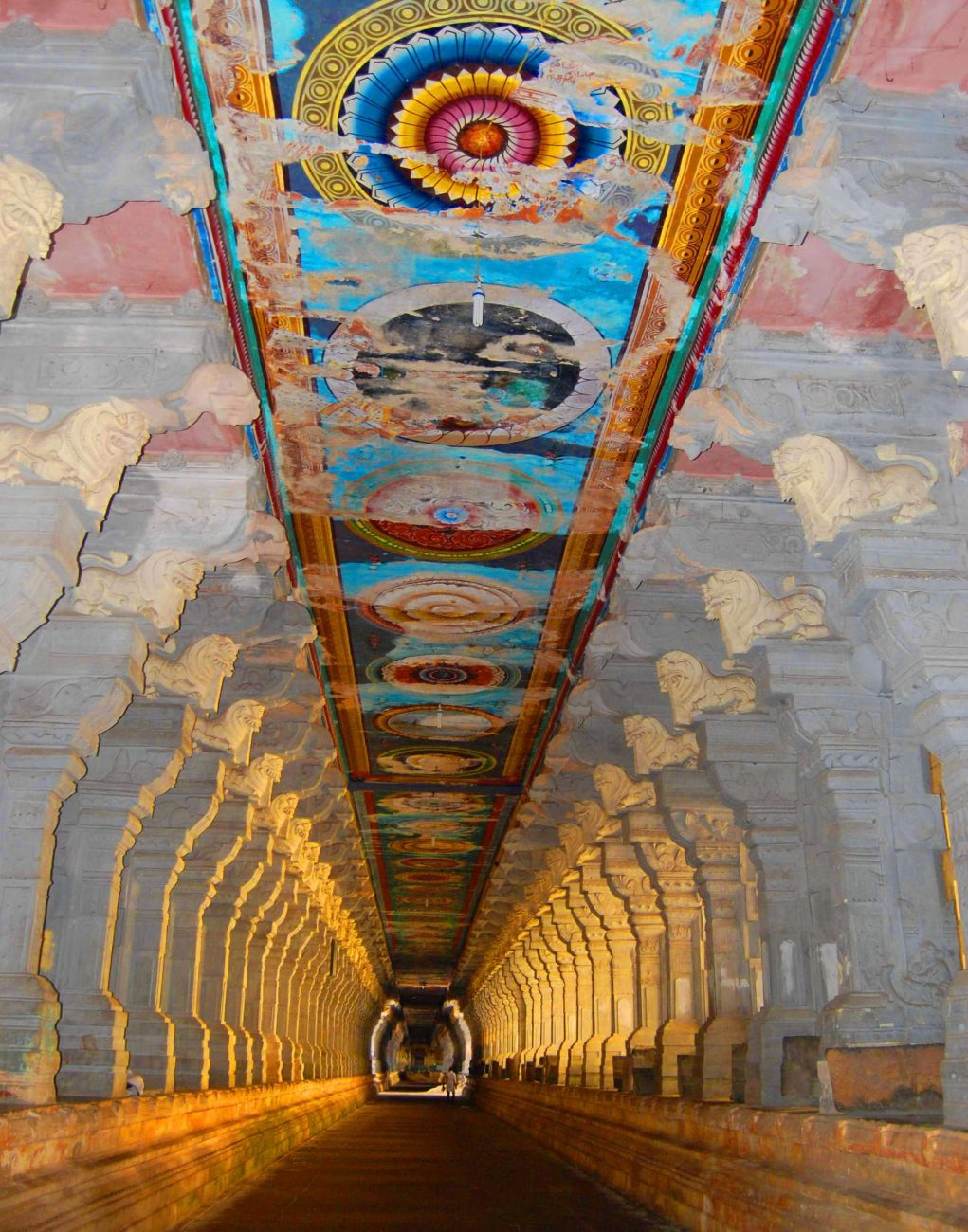
4,000 carved granite pillars
With more than 4000 carved granite pillars, the colonnade measures 205 m (671 ft) on the north and south sides. The outer corridor of the temple is the longest on Earth, measuring almost seven meters in height, 400 feet each in the east and west and about 640 feet in the north and the south. According to measurements, the interior corridors of the temple are approximately 224 feet each in the east and the west and around 352 feet each in the north and the south.
The Ajanta Caves
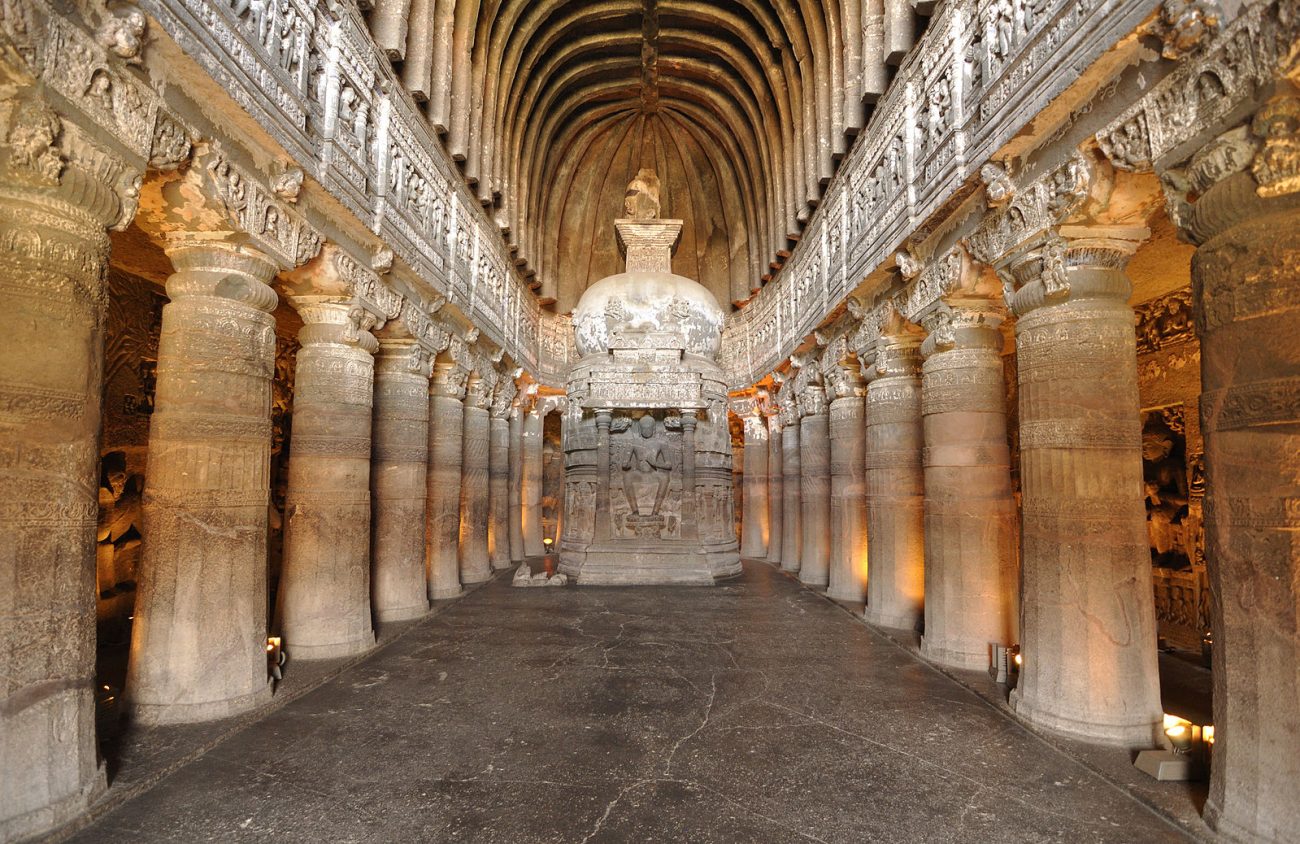
Among the most impressive monuments in India are also the Ajanta Caves. Approximately 30 rock-cut cave monuments are believed to date from the 2nd century BC to about 480 CE. A jewel of the ancient world, the caves feature rock-cut sculptures regarded as some of the finest surviving examples of ancient Indian art. The Ajanta caves are thought to have been built in two distinctive phases, the first of which is believed to have begun around the second century BC. The second phase began around 400 CE.
Have something to add? Visit Curiosmos on Facebook. Join the discussion in our mobile Telegram group



